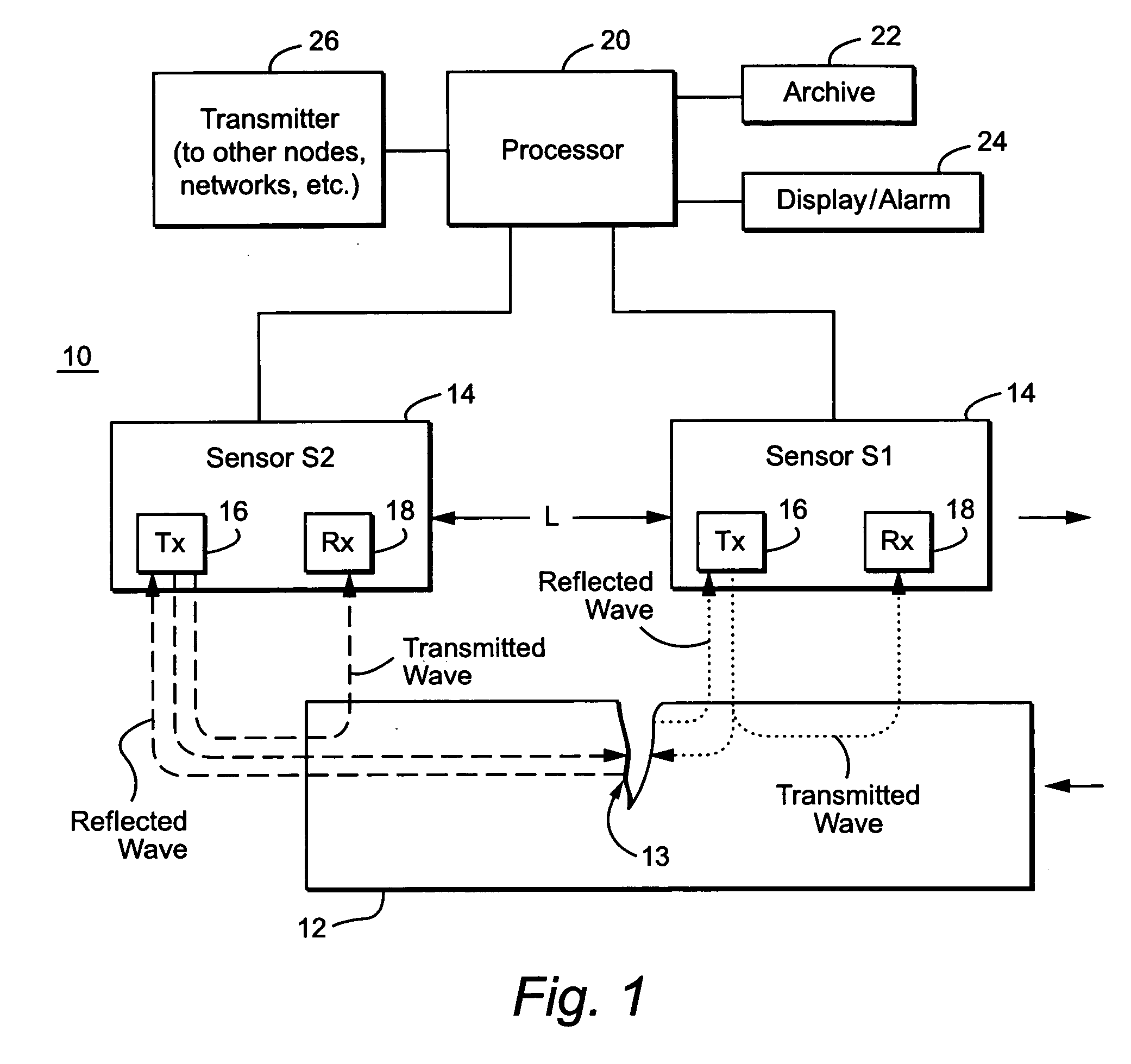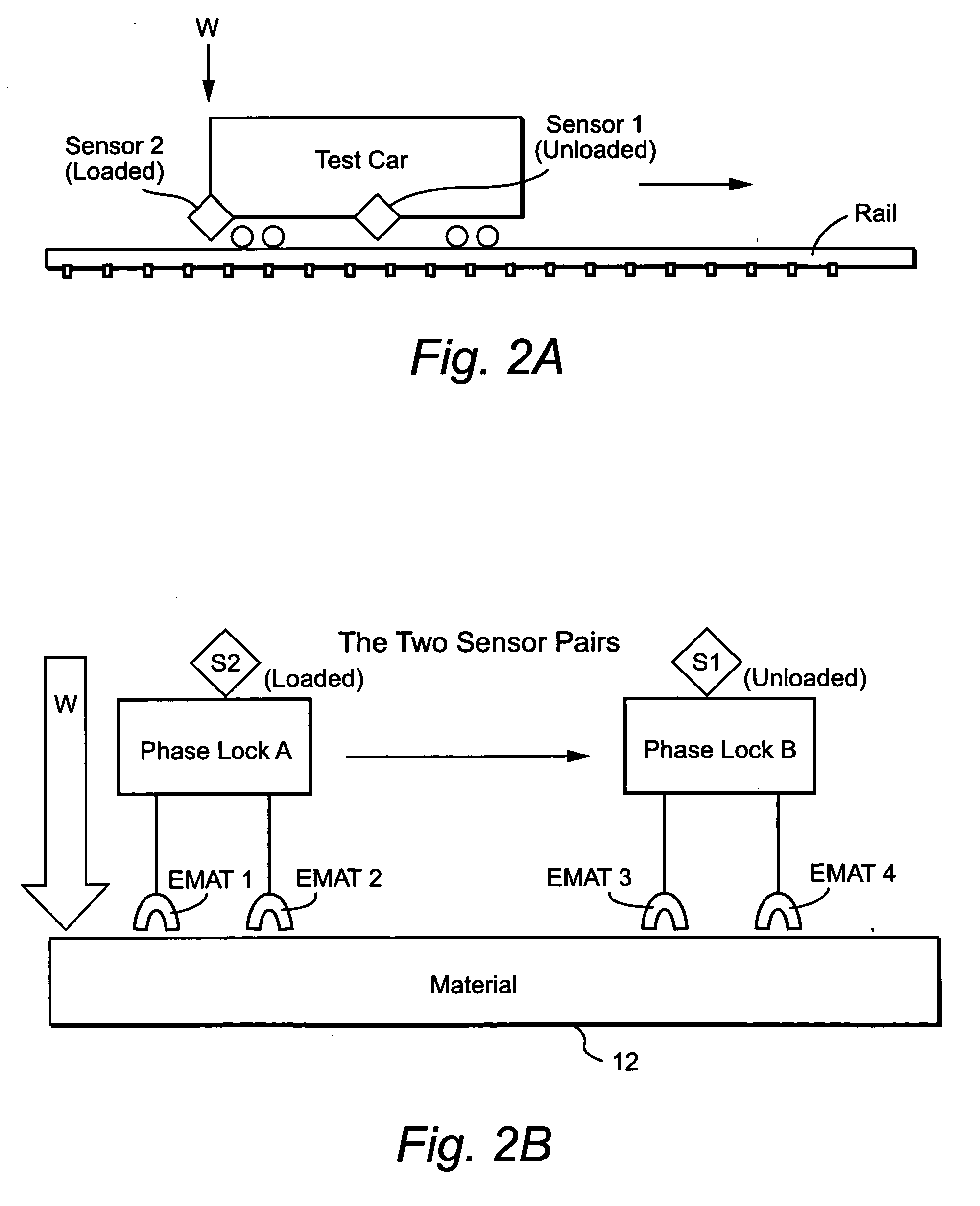Method and apparatus for determining and assessing a characteristic of a material
a technology of characteristics and methods, applied in the direction of instruments, specific gravity measurement, heat measurement, etc., can solve the problems of nde techniques, failure to evaluate or otherwise assess the performance effects of identified potential flaws, cracks, anomalies, etc., and achieve the effect of low cost and high accuracy
- Summary
- Abstract
- Description
- Claims
- Application Information
AI Technical Summary
Benefits of technology
Problems solved by technology
Method used
Image
Examples
Embodiment Construction
The following description sets forth specific details, such as particular embodiments, procedures, techniques, etc. for purposes of explanation and not limitation. But it will be appreciated by one skilled in the art that other embodiments may be employed apart from these specific details. For example, although the following description is facilitated using a non-limiting example application to rail inspection, the present invention may be employed to inspect and assess any solid, liquid, or gas material in which an acoustic wave can propagate. In some instances, detailed descriptions of well known methods, interfaces, circuits, and device are omitted so as not obscure the description with unnecessary detail. Moreover, individual blocks are shown in some of the figures. Those skilled in the art will appreciate that the functions of those blocks may be implemented using individual hardware circuits, using software programs and data, in conjunction with a suitably programmed digital ...
PUM
| Property | Measurement | Unit |
|---|---|---|
| frequency | aaaaa | aaaaa |
| velocity | aaaaa | aaaaa |
| stress | aaaaa | aaaaa |
Abstract
Description
Claims
Application Information
 Login to View More
Login to View More - R&D
- Intellectual Property
- Life Sciences
- Materials
- Tech Scout
- Unparalleled Data Quality
- Higher Quality Content
- 60% Fewer Hallucinations
Browse by: Latest US Patents, China's latest patents, Technical Efficacy Thesaurus, Application Domain, Technology Topic, Popular Technical Reports.
© 2025 PatSnap. All rights reserved.Legal|Privacy policy|Modern Slavery Act Transparency Statement|Sitemap|About US| Contact US: help@patsnap.com



